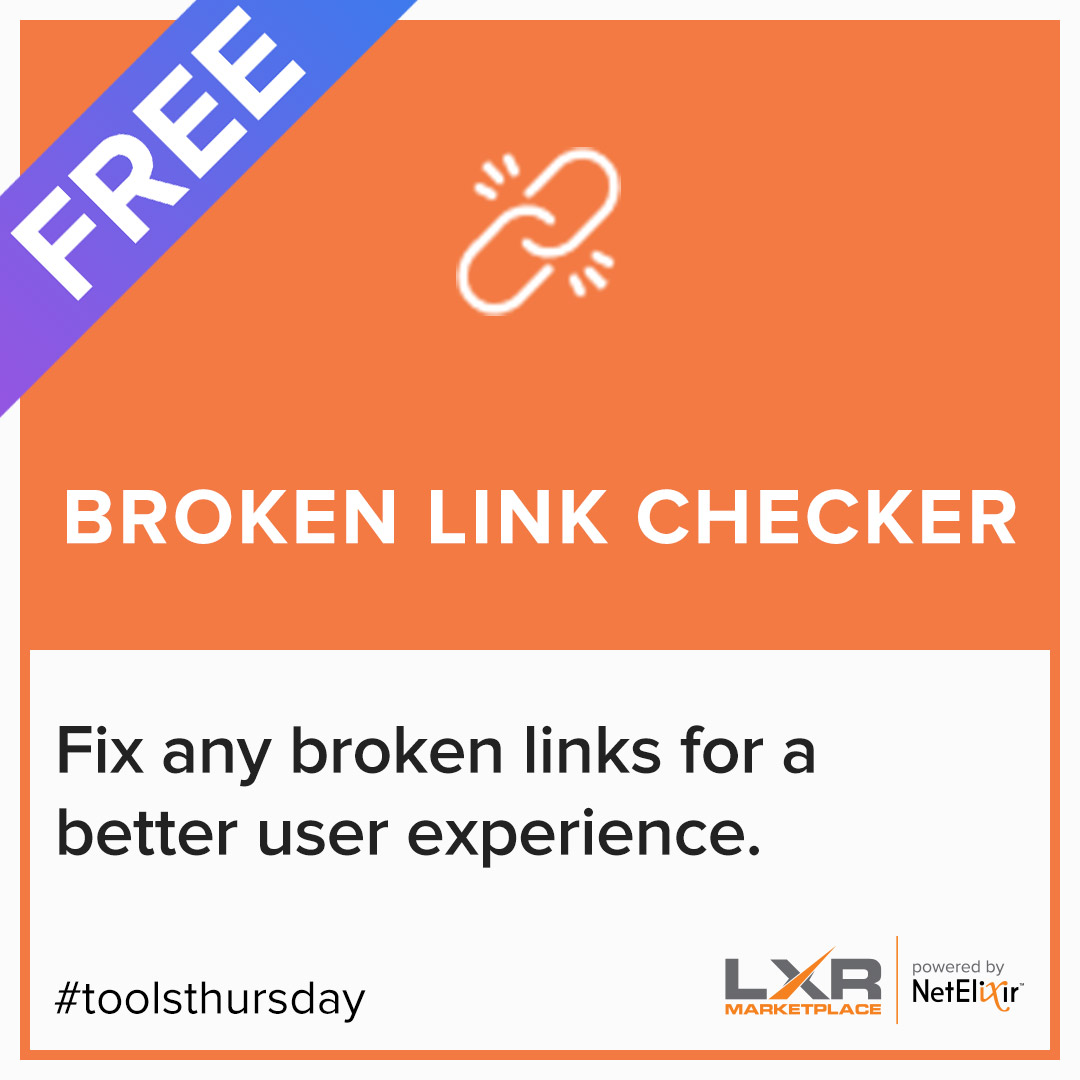Links are an important pedestal in the Search Engine Optimization process. It allows users to navigate across a website, finding out relevant information related to the webpage they were just on. From the perspective of Search Engines, a website with all relevant links equipped with the right set of anchor texts are quite useful and these aspects do contribute to the site’s rankings. Having said that, links leading to non-existing URLs – technically termed as broken links – create a bad user experience. To avoid this, LXRMarketplace brings in the effective Broken Link Checker Tool which removes the broken links from your website.
Importance of Quality Links on Your Website
Precisely, links are of two types: internal and external. An internal link points to a page in the same website. On the other hand, an external link is a mention from another website pointing to yours. Relevant backlinks from high authority websites provide the required link equity to the website and contribute to gain ranking and position in SERP.
However, if a page of your website is non-existent and returns a 404 error, and the same URL is being linked from any other page of your website or another, it is termed as a broken link. As iterated above, a broken link leads to bad user experience and hence it gets a negative marking from Search Engines as well, as users distrust the integrity of the website by not being able to reliably access the information they want.
Clean Up Broken Links from your Website
With the help of LXRMarketplace’s Broken Link Checker Tool, you get a complete list of all URLs that need to be amended. The most striking benefit of LXRMarketplace’s Broken Link Checker Tool is the source URL page wherefrom the broken link arises. All you need to do is paste the URL of the website in the input field and set it to ‘Analyze’. You would instantly get a list of:
- Non working URLs along with their source.
- The URLs which were once broken, but have been redirected to a new destination. No further action is required for these URLs, as they are already redirected to a proper URL counterpart.
There are a couple of ways to fix broken link issues depending on the source.
- If the broken link arises due to an internal page linking to the 404 page, the resolution is simple enough. Once detected you can go to the source URL and delete the link manually.
- If the link is from an external source, the best advisable path is to put a 301 redirection from the 404 URL page to a possible similar URL. For example, if the 404 URL is a product page, you can simply redirect it to a similar product URL or to the preceding sub category or category URL as it deems fit.
In some cases, for internal broken links too, 301 seems to be a feasible practical solution especially if there are a large number of broken links which is difficult to fix manually.
 Don’t let broken links weigh down your website!
Don’t let broken links weigh down your website!
Be sure to follow #ToolThursday for a compilation of our weekly tool releases.


